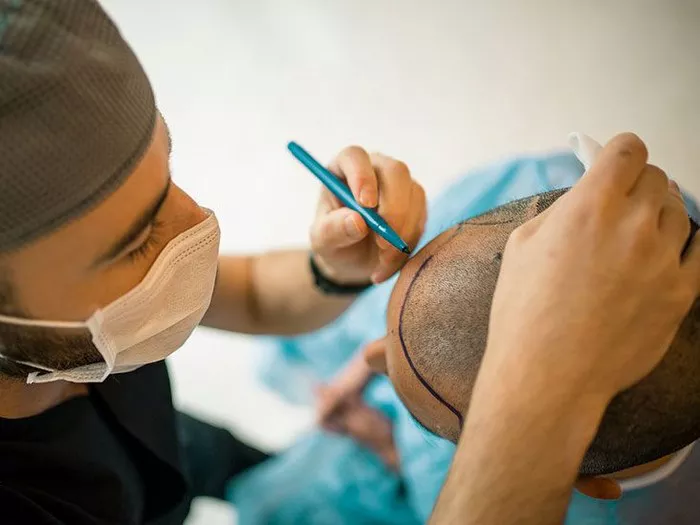Hair transplantation is a popular surgical procedure aimed at restoring hair growth in areas affected by hair loss or thinning. While it’s considered an effective treatment for many individuals seeking to regain a fuller head of hair, there may be lingering questions about the success and longevity of transplanted hair. In this article, we delve into the intricacies of hair transplantation and explore whether transplanted hair is guaranteed to grow.
Understanding Hair Transplantation
Before addressing the growth potential of transplanted hair, it’s essential to understand the hair transplantation process:
Donor Hair: Hair transplantation involves harvesting hair follicles from a donor site, typically the back or sides of the scalp, where hair is genetically resistant to hair loss. These follicles are then transplanted into recipient sites on the scalp, where hair loss or thinning has occurred.
Follicular Unit Transplantation (FUT): In the FUT technique, a strip of scalp containing hair follicles is surgically removed from the donor area. The strip is then dissected into individual follicular units, which are transplanted into recipient sites on the scalp.
Follicular Unit Extraction (FUE): In the FUE technique, individual hair follicles are extracted directly from the donor area using a specialized punch tool. The follicles are then implanted into recipient sites on the scalp.
Recipient Site Preparation: Prior to transplantation, recipient sites on the scalp are carefully prepared to ensure optimal placement and integration of the transplanted follicles. This involves creating tiny incisions or slits in the scalp to accommodate the grafts.
Graft Placement: Once recipient sites are prepared, the harvested follicles are carefully placed into the incisions on the scalp, ensuring proper orientation and alignment for natural-looking results.
Factors Affecting Transplanted Hair Growth
While hair transplantation is generally successful in restoring hair growth, several factors can influence the growth and outcome of transplanted hair:
Graft Survival: The survival of transplanted hair follicles depends on various factors, including the skill and experience of the surgeon, the quality of the donor hair, and the technique used for extraction and implantation.
Vascularization: Adequate blood supply is essential for the survival and growth of transplanted hair follicles. Ensuring proper vascularization of the recipient sites and grafts is crucial for optimal outcomes.
Post-Operative Care: Following hair transplantation, patients must adhere to post-operative care instructions provided by their surgeon. This may include avoiding strenuous activities, protecting the scalp from trauma or sun exposure, and following a prescribed medication regimen.
Patient Factors: Individual factors such as overall health, age, genetic predisposition to hair loss, and underlying medical conditions can influence the success and longevity of transplanted hair.
Expected Growth Timeline
While transplanted hair typically begins to grow within a few months following the procedure, the growth timeline can vary among individuals:
Initial Shedding: It’s common for transplanted hair to undergo a temporary shedding phase within the first few weeks to months after transplantation. This shedding is a normal part of the hair growth cycle and should not be cause for concern.
Early Growth: Following the shedding phase, transplanted hair follicles enter a resting phase before resuming active growth. New hair growth usually becomes visible within three to four months after transplantation, starting as fine, wispy hairs.
Progressive Growth: Over the following months, transplanted hair continues to grow and thicken, gradually becoming denser and more noticeable. Full results are typically visible within 12 to 18 months after transplantation, although some continued improvement may occur beyond this timeframe.
Long-Term Results: With proper care and maintenance, transplanted hair can continue to grow and thrive for many years, providing lasting results for patients seeking to restore their hairline and improve their appearance.
Conclusion
In conclusion, while transplanted hair is generally expected to grow and thrive, the success and longevity of the procedure depend on various factors, including graft survival, vascularization, post-operative care, and patient factors. Understanding the intricacies of hair transplantation and the expected growth timeline can help patients make informed decisions about their treatment options and manage their expectations for results. With advances in surgical techniques and meticulous attention to detail, hair transplantation offers a reliable and effective solution for individuals seeking to address hair loss and restore a fuller, more youthful appearance.
Can Anyone Get Hair Transplant

